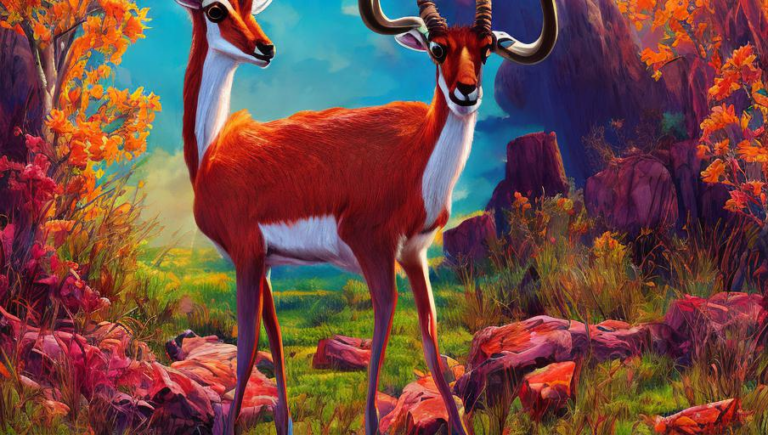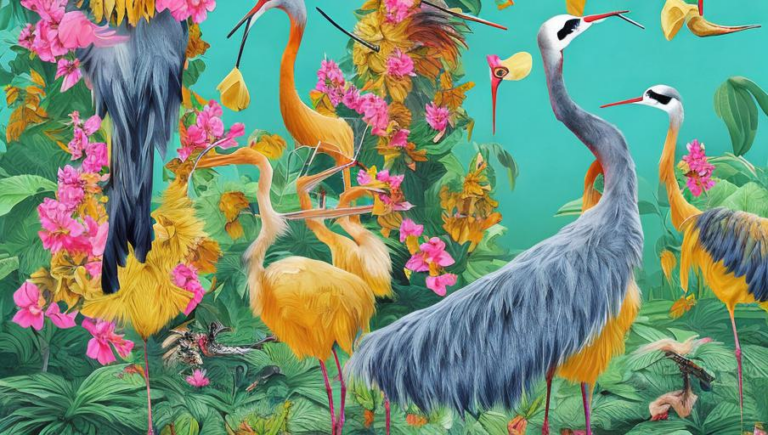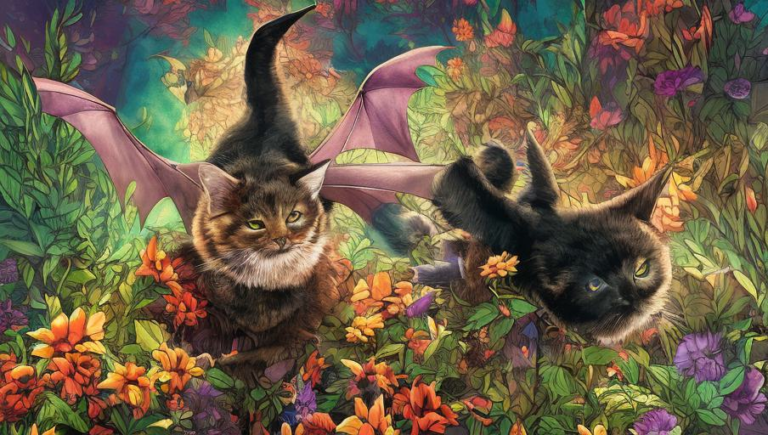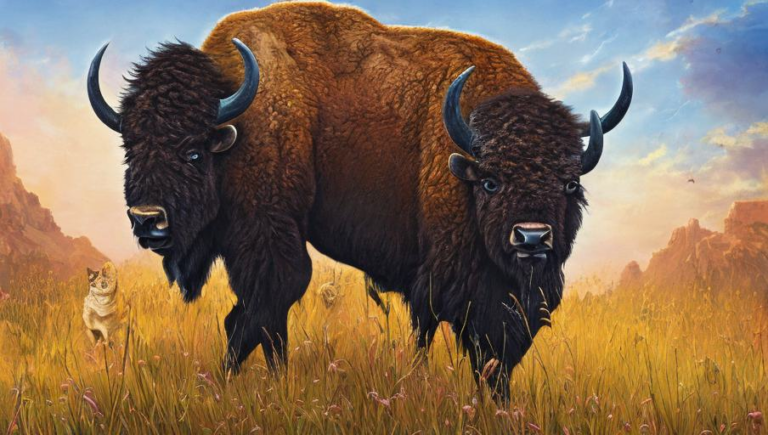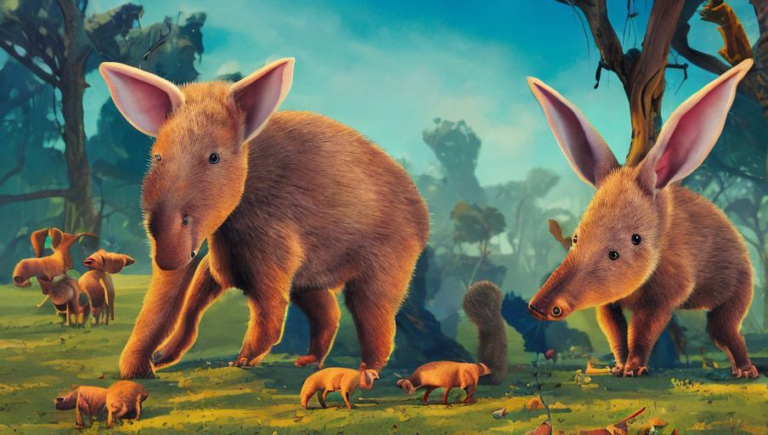Bizarre Burrowing Habits of the Echidna
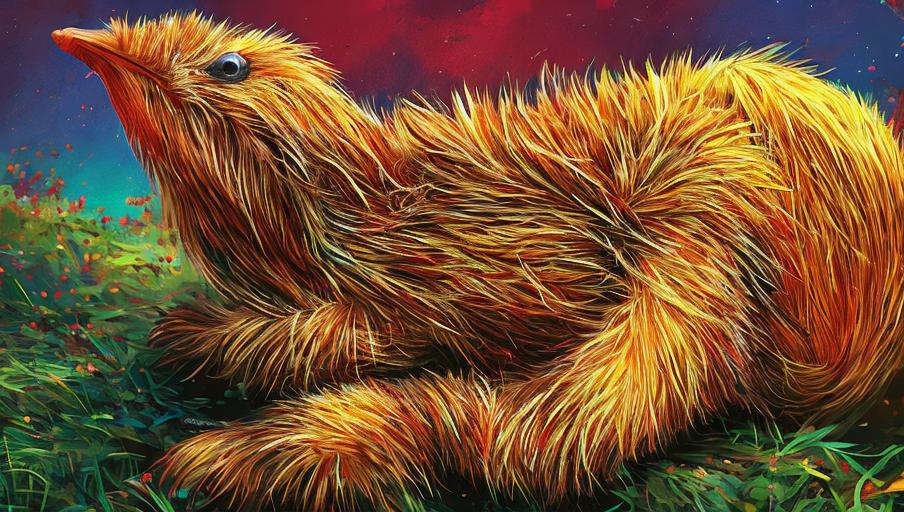
Introduction
The echidna is a mammal found throughout Australia and New Guinea, and is the only living member of the family Tachyglossidae. It is a solitary, nocturnal creature and is a master of burrowing – it is able to dig through the ground with its powerful, spade-like claws to escape predators, hunt for food, and provide shelter. While many people know that echidnas are burrowers, few are aware of the fascinating habits and behaviors they exhibit while doing so.
Burrowing Habits
Echidnas have an impressive array of adaptations that allow them to dig rapidly. The claws on their front feet are curved and sharp, and their back feet are equipped with spines that help them to grip the ground. When burrowing, echidnas use a combination of their claws and limbs to break up the soil, and their long snouts help to push the dirt out of the way.
When creating a burrow, echidnas can dig up to three feet deep. They may use their burrows to hide from predators, to protect themselves from the elements, or to create a comfortable temperature in which to sleep. Echidnas have been known to line their burrows with leaves and sticks, in order to create a comfortable sleeping environment.
Echidnas are also able to use their burrows to hunt for food. They often hunt for insects, worms, and other small animals, which they detect through their sense of smell. By digging through the ground, echidnas can sniff out prey that would otherwise be difficult to find. Furthermore, echidnas will often plug the entrance of the burrow with soil while they are hunting, so that prey cannot escape.
Digging Deeper
In addition to creating burrows for shelter and hunting, echidnas have also been known to dig for other reasons. For example, some echidnas have been observed digging for clay and mud, which they then use to coat their bodies. This behavior is believed to help them regulate their body temperature and provide an extra layer of protection from the elements.
Echidnas have also been known to dig up roots and bulbs in search of food, and they have even been observed digging up ant nests. It is believed that the echidnas use their own scent to scare away the ants, which allows them to access the food stored in the nest. This behavior has been observed in both Australia and New Guinea.
Conclusion
The echidna is a fascinating creature, and its unique burrowing habits are a testament to its adaptability. Through their digging and burrowing, echidnas are able to find food, protect themselves from predators, and regulate their body temperatures. Their burrowing abilities are truly impressive and make them one of the most interesting animals in the world.
